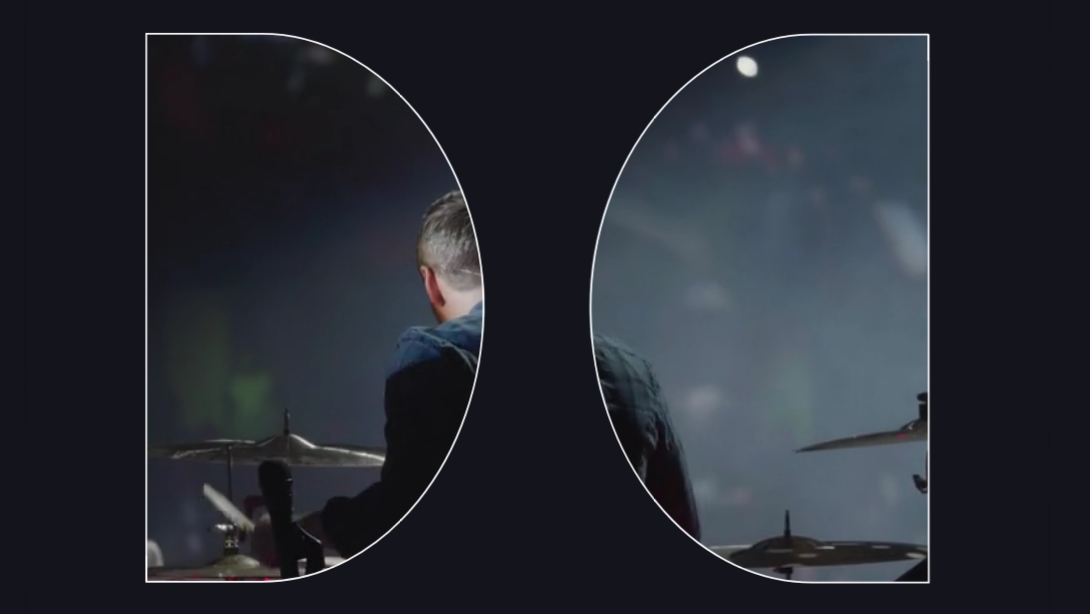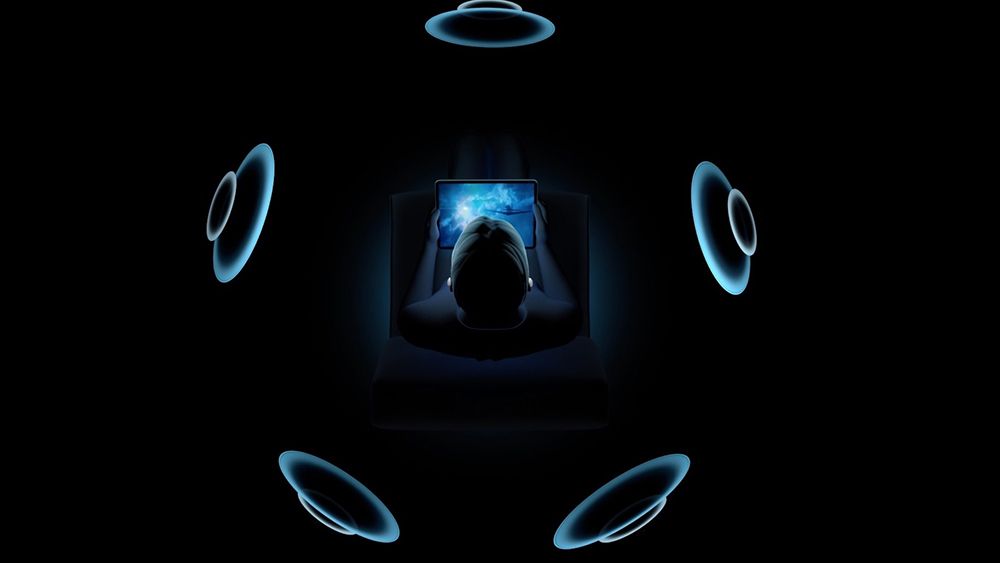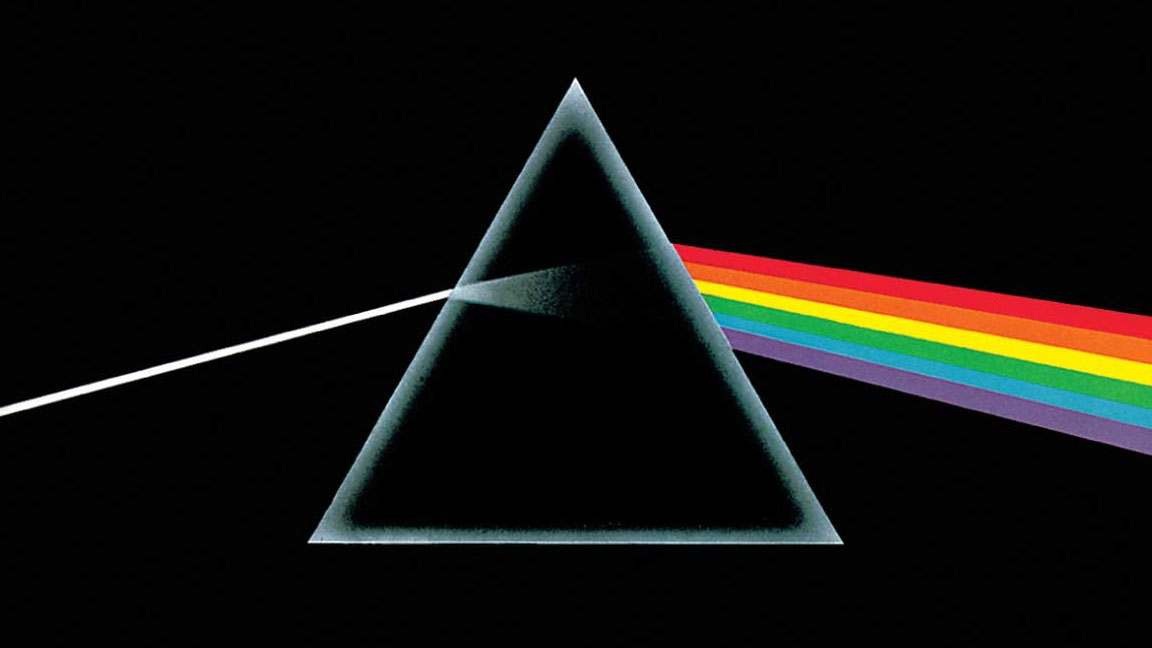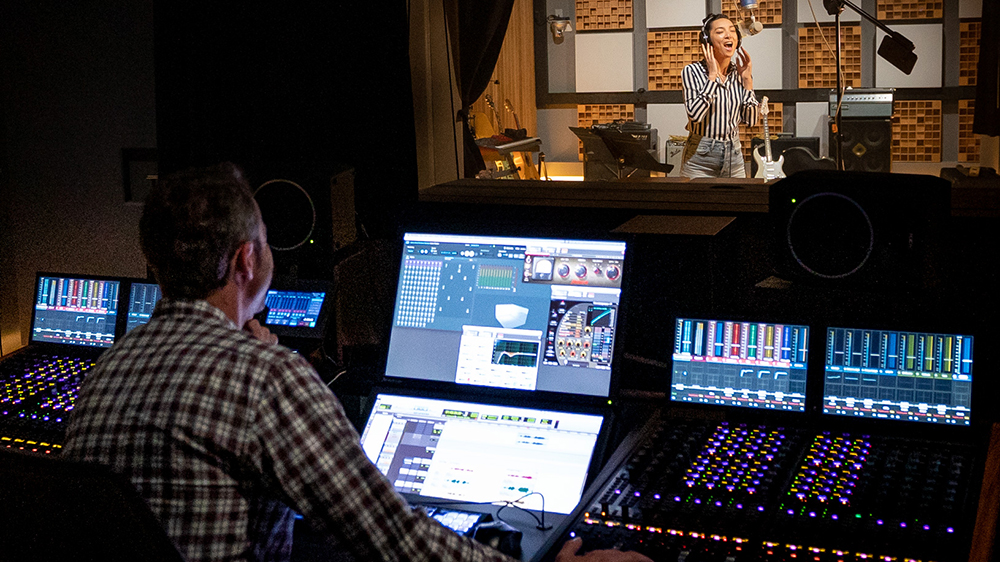The problem with Dolby Atmos music is its inconsistency
Dolby Atmos may be great, but is it the future of music?

It’s that nostalgic time of year again when we get all misty-eyed reminiscing over the many seismic tech stories of the past 12 months (and excited about products that might be coming this year). An unusual stop-start, will-they-won't-they sort of year, 2021 nevertheless managed to produce some fascinating developments in the audio and AV world. Samsung rekindled its relationship with OLED (though it dare not speak the technology's name, hence QD-OLED), Sky ditched its dishes (sort of) with Sky Glass, and lossless audio became more mainstream (even if we're still awaiting Spotify's promised HiFi tier).
Arguably one of the most far-reaching shifts in the landscape occurred after Apple's announcement back in May that it would be adding hi-res and Dolby Atmos-powered spatial audio tracks to its Apple Music streaming service, at no extra cost to subscribers. Frankly speaking, it sent ripples throughout the music industry.
Although Dolby Atmos Music was already available to subscribers of Tidal and Amazon's premium tiers (alongside Sony's competing 360 Reality Audio format), it hadn't garnered that much attention. Apple’s decision to bring it (and hi-res audio) to the masses not only forced its streaming service competitors to switch up their pricing structures, but it also prompted listeners to actually plug in a pair of wired headphones and hear what all the fuss was about, leading many, especially those involved with Apple’s marketing, to speculate that Dolby Atmos will soon supplant stereo as the defacto format for music releases.
And I’m afraid I have to disagree. Now, I think Dolby Atmos is an incredible storytelling tool for filmmakers and game designers, and it clearly has the capacity to be genuinely transportative and encompassing. Depending on the creative's choice, Atmos can work with or play against the onscreen perspective, producing cinematic experiences full of variety, from hyper-naturalistic to the disorientingly surreal.
But the format's implementation in music still feels a bit like the Wild West, and for me has yet to yield a convincing case for its potential dominance as the format du jour. And even if this is the start of the Dolby Atmos Music era, I don’t think that stereo need go anywhere just yet.

History has all too frequently shown us that there will always be unceasing progression in tech with smug early adopters and those who foolishly dig their heels into the ground. There was plenty of skepticism surrounding stereo when it was first developed in the early 1930s by EMI's Alan Blumlein to enable an actor's dialogue to track with their image across a cinema screen. Until then all recordings had been in mono, where the same signal is reproduced in every speaker – a technique which, while it has a directness many listeners appreciate, can also sound cluttered, with each instrument or voice competing for the same space.
Stereo, meanwhile, more closely mimics our binaural hearing and allows for more space in arrangements and a wider image in which elements can be given prominence, playfulness and movement depending on how the artist wants to place them.
Get the What Hi-Fi? Newsletter
The latest hi-fi, home cinema and tech news, reviews, buying advice and deals, direct to your inbox.
Although it was gradually adopted into films throughout the subsequent decades, the advancement of stereo in recording and home audio was constrained by the technological learning curve for engineers and the added expense to studios and customers.
After a limbo period during the '60s when many albums were produced in mono and stereo (though the artists did not always sign off on both), the latter finally rose to a supremacy that was only compounded when the use of personal headphones exploded with the advent of the Walkman.
Quadrophonic sound in the '70s, and later 5.1 audio, both had impressive landmark releases and moments where they were heralded as the future of music. But they could not get beyond that ceiling of studio practicality and just how much money and space the average, convenience-minded listener would be willing to give up for a more immersive listening experience.

Unlike quad and 5.1, Dolby Atmos can more easily overcome public reticence, partly because the rise of music streaming means that you don't have to fork out for an Atmos copy of an album you already own.
Furthermore, as Atmos is object-based rather than reliant on discrete channels, the metadata of its up to 118 sound objects can be replicated on any system that has a Dolby Atmos renderer, be that a 64 speaker cinema, a 7.1.2 soundbar, an Echo Studio or a pair of headphones connected to an iPhone. Naturally, the experience varies considerably depending on your playback set-up. Still, there’s a very low barrier to entry and Atmos has been democratised in a way that previous surround formats could never achieve.
But when it comes to headphones, I can’t help but feel that Dolby Atmos Music often dilutes many of the attributes that can make private listening so enjoyable and enveloping. Having listened extensively to Atmos playlists across a number of services (mainly comprised of music re-mixed in Atmos as opposed to music recorded and mixed natively in Atmos) and attempted to correct for loudness bias, I’ve found that despite the expansiveness and localisation of the newer remixes, the stereo versions tend to have more presence (particularly with vocals), intensity and intimacy – all factors I believe contribute to a feeling of immersion.
While music remixed for Atmos can be placed convincingly within a space, this often results in a more diffused and ambient sound that can actually decrease its visceral value. The degree to which this occurs depends on both the style and the quality of the remix. Just as some stereo tracks in the '60s were wildly imaginative and some were simply reprocessed mono recordings with a hint of stereo reverb added, there’s considerable variation in the content currently available, partly because one gets the sense that some tracks have been quickly churned out to meet the demand for a shiny new product.
Making matters even murkier, there's not yet a consistent approach to dealing with Atmos codecs across platforms. There are presently two different Atmos formats that streaming services use: AC4-IMS is a recent codec optimised for headphone playback that makes use of specific binaural settings that can be dictated by the producer, whereas DD+JOC is an older format designed for speaker playback of films that does not take into account binaural configurations.
While Amazon and Tidal use the former for headphone playback on mobile devices and the latter for speaker playback, Apple Music only employs DD+JOC regardless of the hardware being used, which means even if artists go to the trouble of crafting a Dolby Atmos mix adjusted for headphones, their preference will not be represented by Apple Music. How can a format be heralded as the most faithful representation of an artistic vision if its primary form of consumption sometimes disregards the choices of the producer?
- 11 of the best spatial audio tracks in Dolby Atmos on Apple Music

Proponents of spatial audio have suggested that the naturalism that can be achieved by Dolby Atmos Music is somehow superior to the ‘synthetic’ sound of stereo. But does all music need to sound true to life? Don’t get me wrong, I love a concert album, I love an unplugged album, I love a back-to-basics-recorded-in-a-garage-over-48-hours album. But just as artists can choose to go electric or acoustic, produced or stripped back, a live, roomy (and sometimes murky) sound should be intentional and not the result of a format superimposed over an existing recording.
When it comes to more experiential genres – like EDM (which doesn't yet have a sizable Atmos catalogue) or jam-based styles like jazz – 3D music has huge potential. But I don't follow the assertion that audio that replicates a physical space and places you in the middle of it somehow has superior authenticity.
Leaving aside for one moment the fact that most music is recorded individually in small booths, and not in Studio 1 at Abbey Road Studios with everyone standing in a perfect socially distanced circle, I don't feel that having an interior vantage point is necessarily preferable to having a soundstage.
As a result, sometimes listening to immersive formats can feel more bewildering than engaging. Am I meant to be stood in amongst the orchestra? On stage? In a crowd experiencing a show that was definitely not mixed in Dolby Atmos? And why is there a trumpet 20 feet behind my right shoulder?
I have no doubt that the more engineers and artists have access to Dolby Atmos tools, the more interesting, original and inventive the music will become. In the meantime, I take no exception to Dolby Atmos versions sitting side by side with their predecessors. More choice is always better for listeners, and I look forward to the day when entire, accurately labelled libraries of artists' back catalogues – the mono, the stereo and the obscure remixes – are all available to stream, compare and dissect. But I think it would be a shame if some of the more hastily produced Dolby Atmos remixes were to supplant the superior originals just by virtue of buzzy marketing, unclear parenthesis, and appearing higher up on an artist's homepage.
More
Michael Stipe says R.E.M. in Dolby Atmos is "breath-taking" – and we agree
18 of the best Dolby Atmos film scenes to test your speakers
Mary is a staff writer at What Hi-Fi? and has over a decade of experience working as a sound engineer mixing live events, music and theatre. Her mixing credits include productions at The National Theatre and in the West End, as well as original musicals composed by Mark Knopfler, Tori Amos, Guy Chambers, Howard Goodall and Dan Gillespie Sells.
-
ChiTwnAudioEngineer Mary Stone writes "But I don't follow the assertion that audio that replicates a physical space and places you in the middle of it somehow has superior authenticity."Reply
This is exactly correct. Continued attempts by companies like Dolby and DTS to IMPOSE sound systems for film on music-only audio content continue to be doomed to failure for the consumer. But frankly speaking, companies like Dolby don't care on what happens creatively. They are engaged in "licensing" their technologies to as many markets as possible, extracting licensing fees from everyone along the way. And especially in the case of Dolby, they have a long history of licensing their "Dolby" technologies that they never invented. Atmos? Purchased a French company after being rebuffed by the real immersive sound leader, Auro. Dolby Vision? Also a purchased company, with the technology pushed its way into standards committees with cash and a personal relationship between a Dolby marketer and the then-president of the SMPTE.
The music community often suffers from half-baked technologies. The audio industry has been plagued with charlatans since inception ("Monster Cable" comes to mind). Sadly real music suffers from all these scams. -
HappySounds Great article. Beautifully written and very well expressed.Reply
Totally agree with the author, and sometimes the leading edge of technology is beyond where we need to be. There are many examples of this, such as stereo TV, and, as the author says, it is not that Dolby Atmos has no purpose - it does, for immersive TV experiences - but that it has dubious utility at best for listening to music, particularly on headphones.
The issue for companies is that they keep needing to push things forward to convince people to upgrade so that they sell more kit, but their need for this sometimes leads them to try and convince us we need stuff that we don't.
